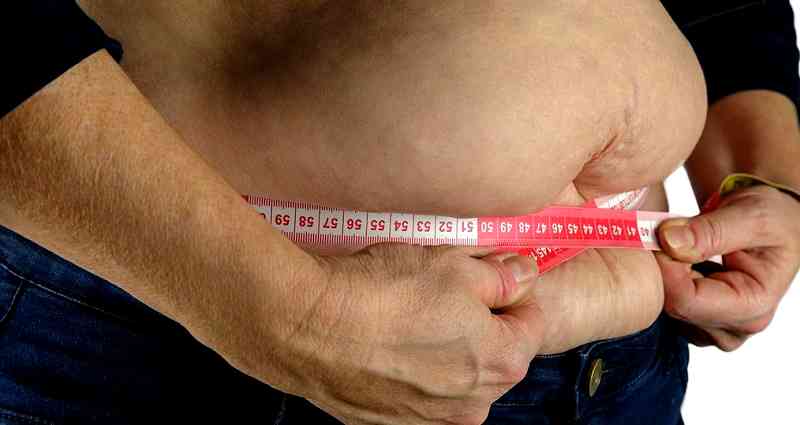Filipino, Japanese Americans most likely amongst Asian American groups to experience obesity: study



By Ryan General
October 5, 2022
Asian Americans from different ethnic groups possess significantly varied obesity rates, a new study has found.
The study, published in Annals of Internal Medicine on Oct. 4, analyzed the data of 70,000 Asian Americans sampled from the U.S. Behavioral Risk Factor Surveillance System surveys conducted from 2013 to 2020.
Researchers from Northwestern University Feinberg School of Medicine and the Centers for Disease Control and Prevention reported that the survey masked actual obesity rates and other associated risks among Asian American adults.
They also discovered that six largest subgroups of Asian Americans — Asian Indian, Japanese, Filipino, Chinese, Korean and Vietnamese Americans — had varying degrees of obesity.
According to the report, the survey lumped all Asian Americans into one group and used the standard body mass index (BMI) cutoff for obesity instead of the suggested lower threshold for obesity in Asians.
The World Health Organization (WHO) recommended in 2014 that a lower threshold of a BMI ≥ 27.5 kg/m2, instead of BMI ≥ 30 kg/m2, should be used in defining obesity in Asian groups.
Utilizing the subjects’ self-reported heights, weights, demographic data and the standard definition of obesity, the researchers estimated that the overall prevalence of obesity was 11.7% in Asian Americans. The results in different Asian subgroups ranged between 6.3% and 16.8%.
When they used the lower BMI threshold for Asians, the prevalence doubled to 22.4% overall. Looking at separate data, obesity rates in Filipino and Japanese Americans were revealed to be the highest among Asians at 28.7% and 26.7%, respectively, which is close to the 29.4% rate in white people but still lower than the 39.7% rate of obesity in Black participants.
Using the standard definition, the prevalence of obesity among Vietnamese, Chinese and Korean Americans was 6.3%, 6.5% and 8.5%, respectively, but using the suggested version revealed 13.6%, 13.2% and 17.4%.
The study authors explained that in order to mitigate the potential lifetime consequences of excessive weight and obesity, it is necessary to identify and address the Asian American subgroup-specific factors that contribute to obesity.
In an interview with Medscape Medical News, research author Nilay S. Shah, MD, MPH, highlighted that the number of Asian Americans with obesity, which is “a fundamental risk factor for several chronic diseases,” is much higher using the definition for Asians
Given the findings and other similar research on the subject, he pointed out that “clinicians… should be considering obesity-related risks at lower BMI in Asian American populations.”
Christina C. Wee, MD, MPH, noted the importance of such change in her editorial, where she explained that “obesity is among the leading causes of preventable deaths, a focus of research, and a public health priority in the United States and worldwide.”
She added that current guidelines provide little guidance specific to Asian American populations and must be addressed.
While Shah lamented that “individuals who identified as Asian were grouped into one category,” he noticed that changes are being made at least in the last five to 10 years.
“We really started to understand that the communities that make up the Asian American population are actually very diverse in things like health behaviors, socioeconomic patterns, educational attainment, and English language literacy,” he said.
Featured Image via Bru-NO
Share this Article
Share this Article